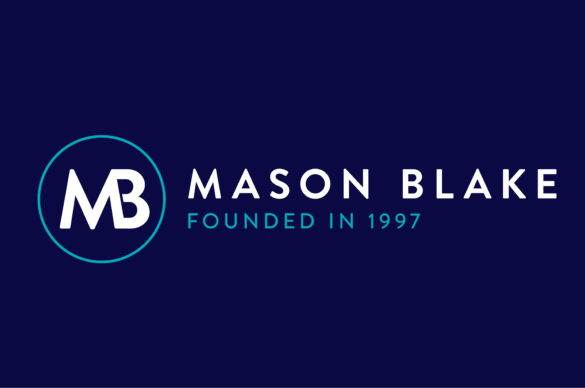dusted / 15 February
Wealth Management Best Practices

There’s no question that the structure of wealth management and client expectations has changed in the last 10 years. With the evolution of technology and the transition from baby boomer investors to millennials, the wealth management industry has changed shape entirely, and so have the best practices of wealth managers themselves. This blog is an updated list of best practices that should be valuable to anyone in the industry, even (perhaps especially) established veterans of the industry whose workflow could be based on an old-fashioned perspective of the sector.
1. Stay up-to-date with technology
Over 70% of High Net Worth (HNW) individuals use online banking, yet wealth management seems inexplicably slow to incorporate modern technology into their workflow. Less than a third of wealth managers offer anything more than email to their clients, even clients that are expectant of technological integration. As the baby boomer generation of investors is gradually replaced by millennials, the technology of digital interaction is on the rise. The younger generation expects to be kept up-to-date with real-time information delivered electronically, ideally while on the move. This includes accessing information both on web browser and smartphone. By utilising technology platforms, you can accelerate the process of collecting and distributing documents and respond to requests faster, thus enhancing the client experience.
For wealth managers, staying up-to-date with technology is evolving from a strong recommendation to a necessity, as digital interaction, mobile applications, and data centres become ubiquitous.
2. Maintain high security
This links closely with technology. In the previous section, we mentioned data centres. These centres are where organisations store all the valuable and sensitive data they collect and, since it’s so valuable and sensitive, that means malicious parties might want to try to access it. Protecting your data is essential because a theft could pose a significant financial risk. However, perhaps the greater risk is to the reputation of the wealth manager and the business they work with. Managing the wealth of investors involves a huge amount of trust and if that trust is broken and a reputation for unsafe investments develops around a particular business or manager, it could be disastrous or even ruinous.
Databases are becoming increasingly common in every industry. They don’t just store business and client data, but are also often used to host applications and the development of. It’s essential that businesses – especially those in wealth management – hire capable database administrators to monitor their server, and that a list of best practices be drawn up so all company employees understand the dos and don’ts of operating with a database.
3. Diversify
Not knowing the future is an unavoidable weakness. There’s no need to worry, though; this is normal. What it does mean is that you can’t be sure which investments are the most secure. For a safer, more reliable portfolio, you need to diversify investments among different geographical areas, industry sectors, and asset classes. This will ensure investments against unpredictable market crashes. True, it’s not a particularly interesting way to invest, but it is the safest way to protect your investor. A diversified portfolio means less consequence when a wealth manager makes the wrong decision. And you will make a wrong decision at some point because – as we have established – you don’t know the future. Being wrong now and then is OK, however, just as long as it doesn’t cost a client their entire investment portfolio.
4. Know when to cut losses
As mentioned in the previous point, you are going to get something wrong eventually. That’s OK as long as you’re able to come to terms with this and admit you were wrong. It might be tempting to wait and see if your losing investments end up turning a profit in the long run, but the odds of this are low, and the return on investment would need to be very high to make it up. It’s not easy to admit defeat on an investment, but it is the professional thing to do. Learn to cut your losses, don’t look back, and start looking for the next opportunity that can make up for it.
Reducing the risk of wrong decisions actually takes us back to technology again. There’s never been more information available to help get an overview of an industry and the potential of an investment – all stored in databases. If wealth managers can learn to take this data and analyse it, they would make significantly better-informed business decisions.
Those are our top best practices for wealth managers. Did we miss any crucial or lesser-known examples? Let us know using our Contact Us page, or @ us on our Twitter page.

